Packing a suitcase for vacation can feel overwhelming, especially when deciding what to bring. Many people wonder how to choose the right items without overpacking or forgetting essential things. Getting it right helps make the trip more enjoyable and less stressful.
The key is to pack smart by focusing on what is truly needed for the trip, balancing comfort and convenience. This article will guide readers through that process, making packing easier and more organized.
1) Make a detailed packing list on your phone or paper
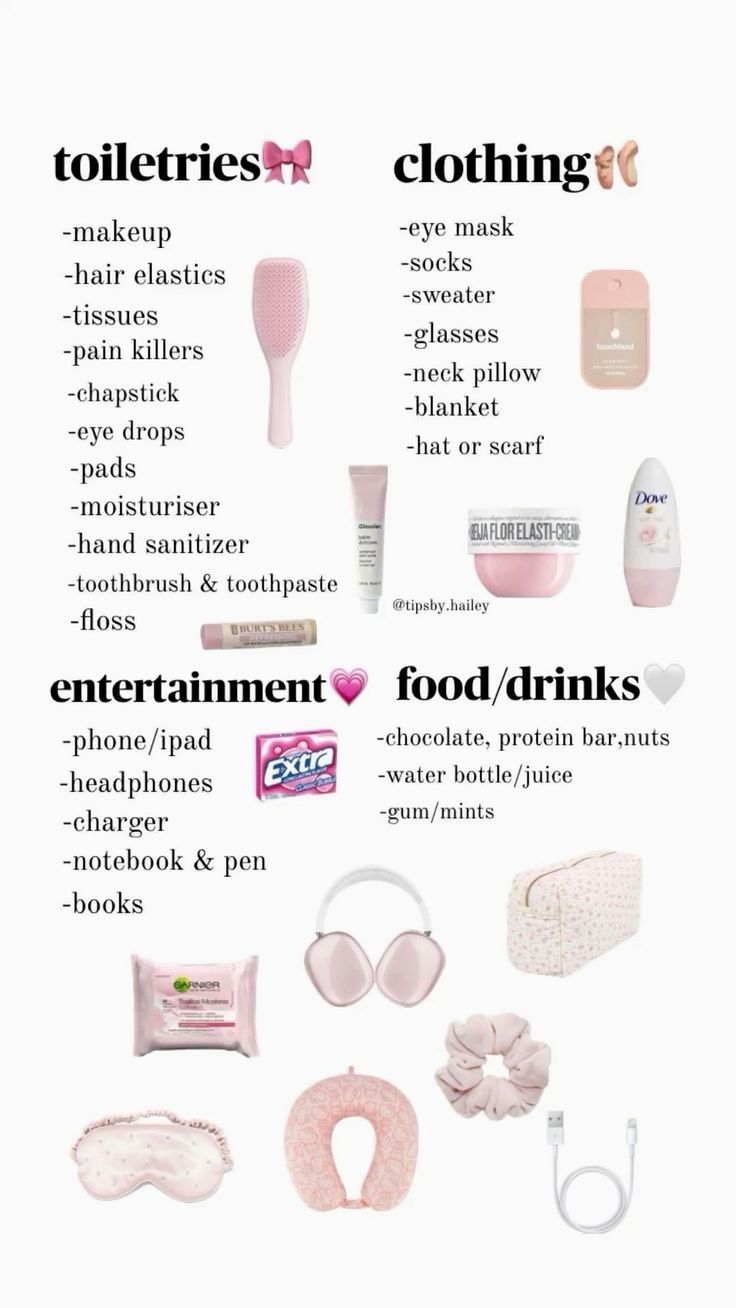

Before packing, it helps to write a detailed list. They can use a phone app or simple paper. This way, nothing important is forgotten.
The list should include clothes, toiletries, and travel documents. Adding extras like chargers and medications is a good idea. It keeps things organized and reduces stress.
A clear list also makes packing faster. They can check items off as they put them in the suitcase. If needed, a digital list can be shared with family or friends.
Making categories on the list makes it easier to follow. For example, separate clothing from electronics or snacks. It helps people pack everything they need without missing anything.
Whether it’s a short trip or a long vacation, having a packing list saves time and worry. It gives a simple, clear way to get ready before the trip starts.
2) Use packing cubes to organize clothes and save space
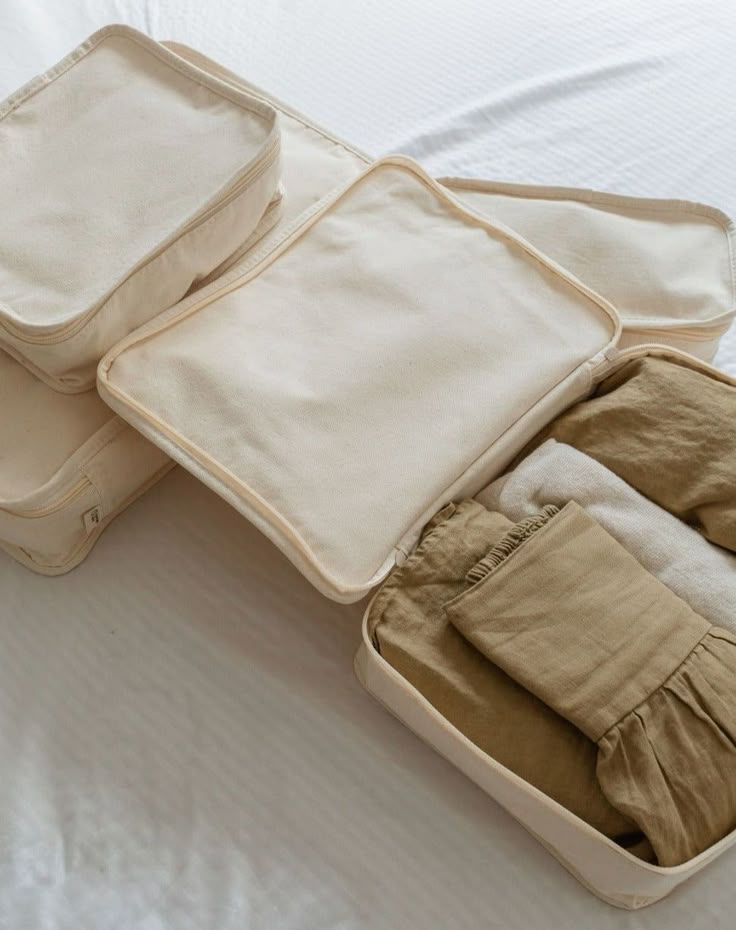
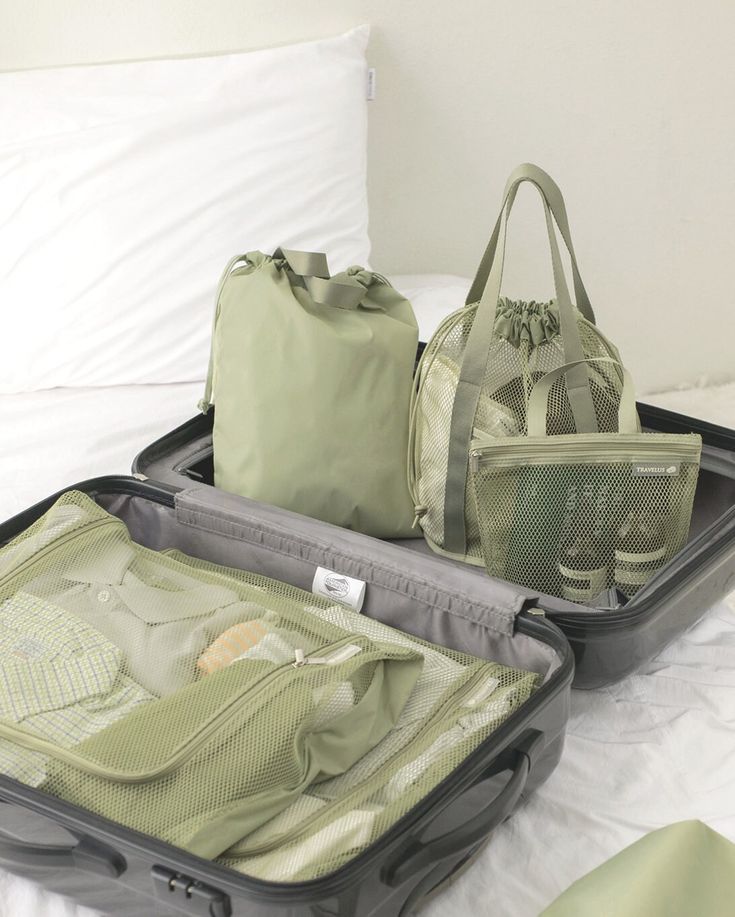
Packing cubes help keep clothes neat and easy to find. They come in different sizes, so people can separate items by type or use. For example, one cube can hold socks and underwear, while another stores shirts or pants.
Rolling soft clothes and folding structured ones before packing into cubes saves space. When zipped up, the cubes compress clothes slightly, fitting more in the suitcase.
Using packing cubes also makes unpacking faster. Travelers can pull out a whole cube with all items for one day or activity. This keeps the suitcase tidy during the trip.
Some prefer to organize cubes by person when traveling with others. This way, each person’s clothes stay in their own cubes, making it easier to manage shared luggage.
Packing cubes are not just for clothes. Small cubes can hold toiletries or electronics, keeping these items secure and separate from clothing. This helps avoid spills and mix-ups inside the suitcase.
3) Roll clothes instead of folding to reduce wrinkles
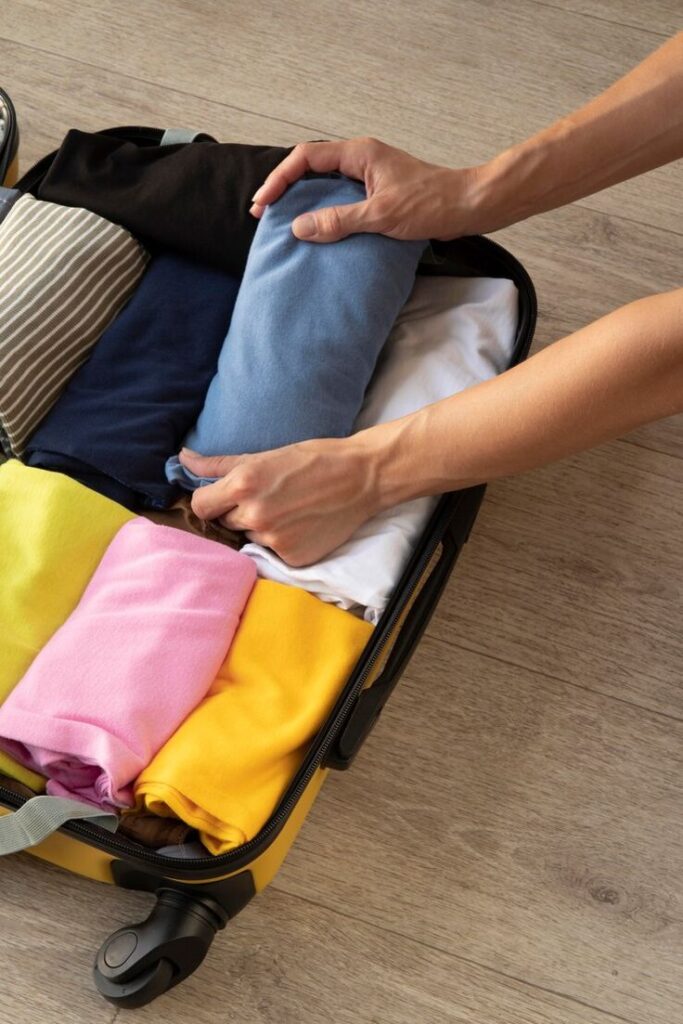

Rolling clothes is a smart way to pack a suitcase. It helps save space because rolled items take up less room than folded ones. This means more room for other things.
When clothes are rolled tightly, they tend to wrinkle less. Rolling also keeps clothes organized and easier to find. Travelers can simply stack rolls without worrying about messy piles.
To roll clothes well, it’s important to smooth out wrinkles first. Starting with flat, wrinkle-free fabric helps keep clothes neat during the trip. Lightweight fabrics work best, but rolling works for many types of clothing.
Many people find rolling clothes less stressful than folding. It makes packing faster and unpacking simpler. Plus, rolled clothes fit nicely in packing cubes or small sections of a suitcase.
Overall, rolling is a good method for those who want to keep clothes tidy and save space. It works well for short trips and longer vacations alike.
4) Pack a lightweight laundry bag for dirty clothes
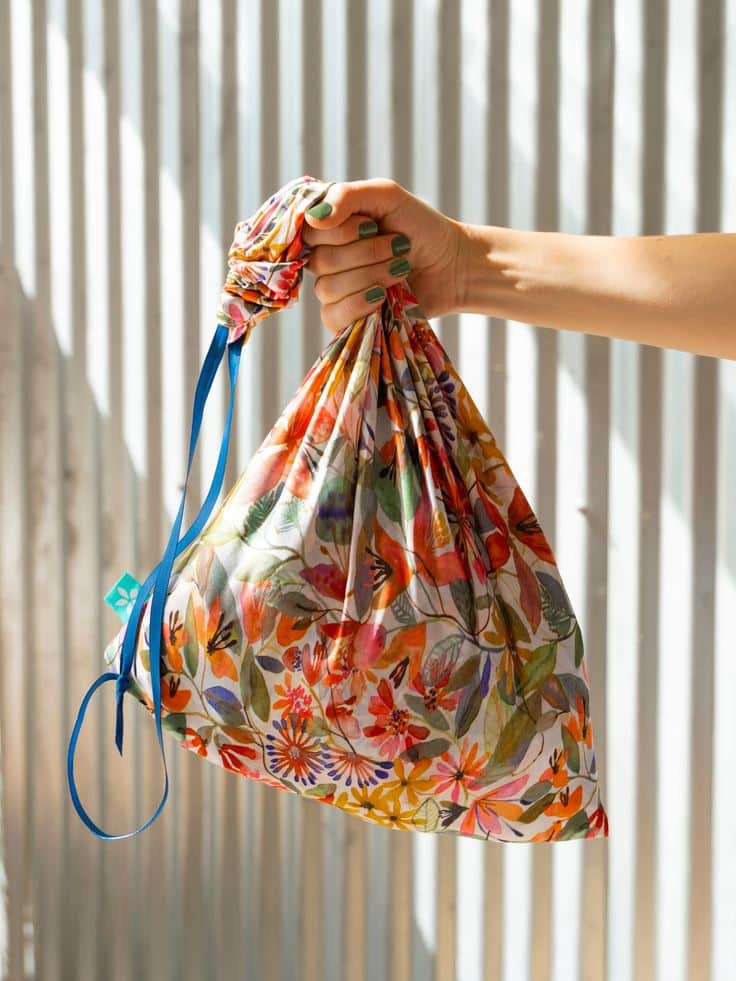

A lightweight laundry bag helps keep dirty clothes separate from clean ones. It stops odors from spreading and keeps the suitcase organized. This is especially useful on longer trips where clothes can pile up.
Many laundry bags fold small, so they don’t take up much space when not in use. Some have closures like zippers or drawstrings that make it easy to open and close.
Using a travel laundry bag also makes unpacking easier. When the trip is over, all dirty clothes are already in one place. It can save time and prevent mixing clean and dirty clothes.
For wet swimsuits or damp clothes, certain bags are water-resistant. This feature helps keep the rest of the items dry and clean. Choosing the right bag depends on the traveler’s needs, trip length, and type of laundry.
5) Set aside a travel outfit for the day of travel


It’s important to pick an outfit just for the day of travel. This outfit should be comfortable because travel can mean lots of sitting and moving around.
Choosing soft, breathable clothes helps keep them comfortable the whole trip. Stretchy pants, a loose shirt, and a light jacket are good choices. Shoes should be easy to slip on and off, especially for airport security.
Packing this outfit separately means it won’t get mixed up with other clothes. It also helps make the start of the trip less stressful.
If the trip goes on for many hours, layers can be useful. A sweater or scarf can keep someone warm if it gets chilly. The goal is to feel relaxed and ready for travel without fuss.
This simple step makes packing smoother and the travel day easier to manage.
6) Include versatile layering pieces for changing weather

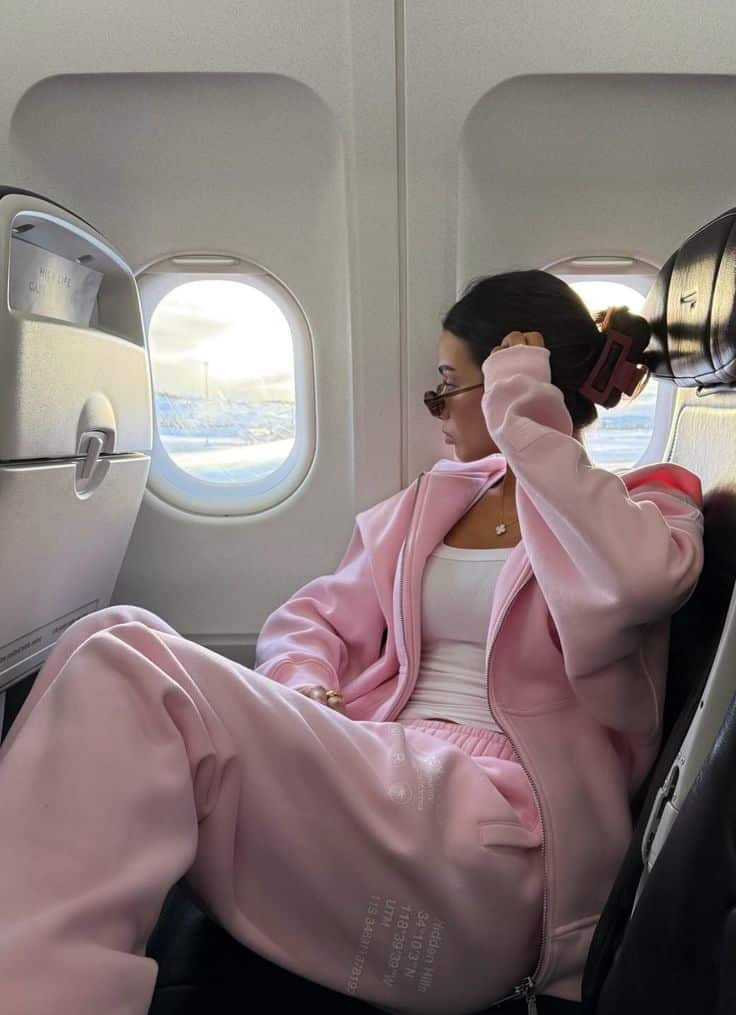
They should pack clothes that can be layered easily. This means bringing items like lightweight shirts, sweaters, and jackets. Layering helps adjust to weather that changes during the day.
For example, mornings might be cool, but afternoons can get warm. By wearing layers, one can take off or add pieces to stay comfortable. It also saves space because they don’t need many different outfits.
Choosing neutral colors or simple styles makes it easier to mix and match. This keeps the suitcase light and the wardrobe flexible. A light jacket, a long-sleeve shirt, and a few t-shirts work well for most trips.
They should also think about the fabric. Breathable and quick-dry materials work best. These fabrics help keep the body at a good temperature and dry if it rains or if they sweat.
Packing versatile layers is a smart way to be ready for surprises in the weather. It keeps the traveler comfortable without carrying too much.
7) Bring a small first-aid kit with essentials

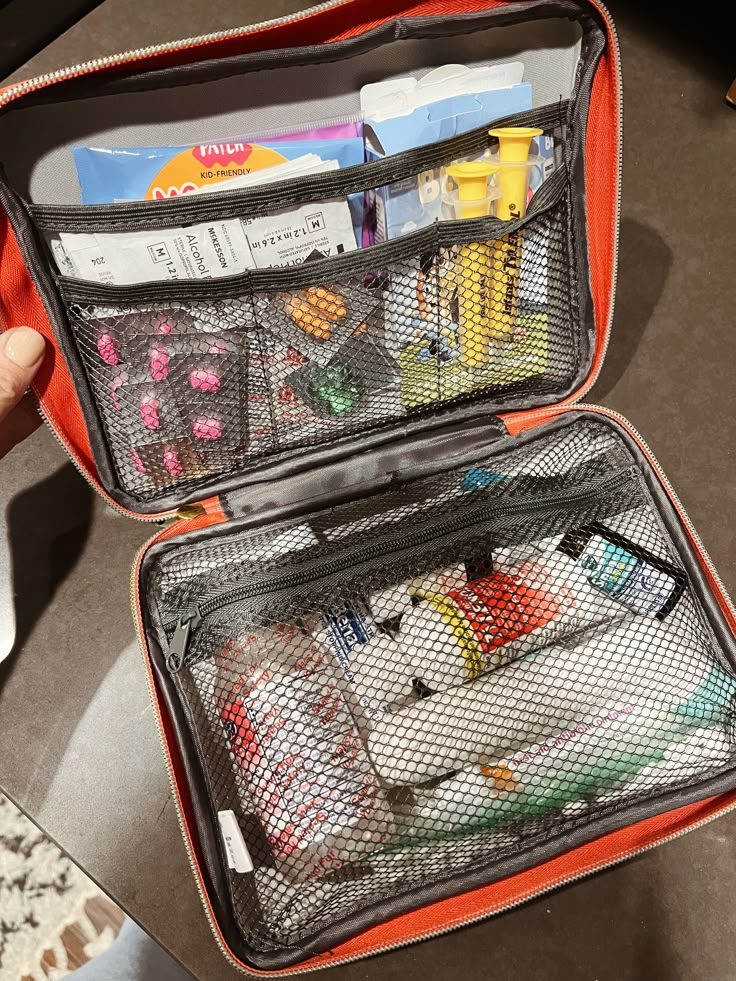
They should pack a small first-aid kit to handle minor injuries on the trip. A few band-aids in different sizes can cover cuts and scrapes. It is also helpful to have gauze pads to clean wounds or apply pressure.
Including antibiotic ointment helps prevent infections. Aloe vera gel is useful for soothing sunburn or skin irritation. They can add some adhesive tape to keep dressings in place.
Having a few basic medicines, like pain relievers and any regular medications, is smart. If someone plans to hike or spend time outdoors, blister plasters might be a good choice.
Carrying a first-aid guide or booklet can be handy for quick help. Keeping the kit in an easy-to-reach place, like a carry-on bag, makes sure it’s there when needed.
8) Carry a reusable water bottle for hydration
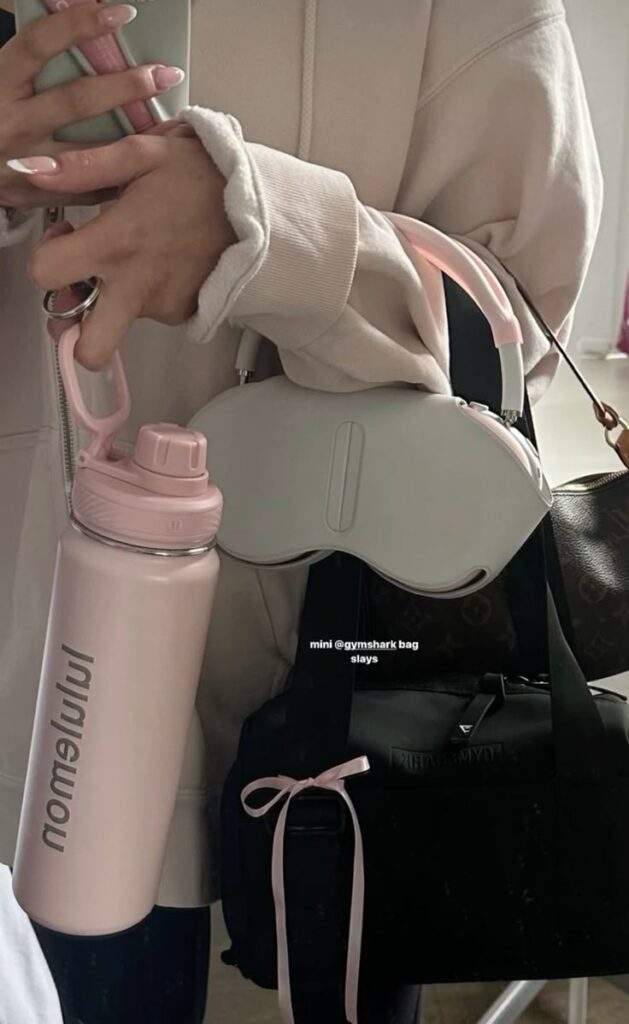

They should bring a reusable water bottle when packing for a trip. Staying hydrated is important, especially during long travel days.
The bottle must be empty when going through airport security. After passing security, they can fill it up at water fountains or cafes.
Using a reusable bottle helps save money by avoiding buying many plastic bottles. It also reduces plastic waste, which is better for the environment.
Having water handy keeps energy levels steady and helps avoid feeling tired or thirsty. It’s a simple way to stay healthy while on the move.
9) Pack chargers and an electronics organizer

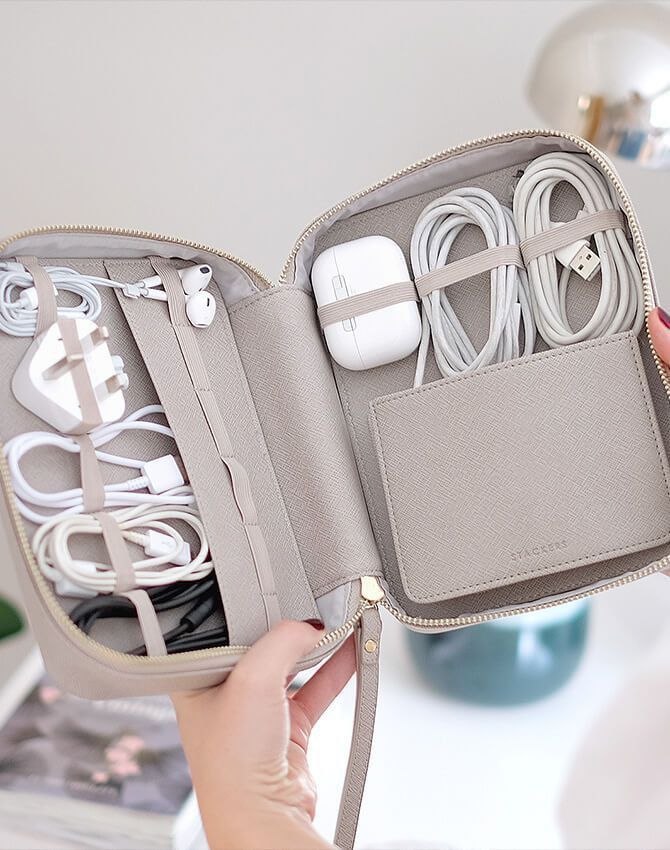
They should bring all the chargers they need for their devices. This includes phone chargers, laptop chargers, and any extra battery packs. Having chargers in one place makes it easier to stay powered up during the trip.
Using an electronics organizer helps keep cords, chargers, and small gadgets neat. It stops cables from tangling and makes it faster to find what they need. A small bag with pockets or a zippered case works well for this.
It’s smart to pack a portable charger or power bank. This can save battery life when there’s no outlet nearby. Organizing electronics well also reduces stress during security checks or quick device use.
Keeping chargers and cords accessible means they don’t have to unpack everything each time. This way, electronics stay safe and ready to use throughout the vacation. It’s a simple step that saves time and trouble.
10) Use a lightweight duffel as an extra bag

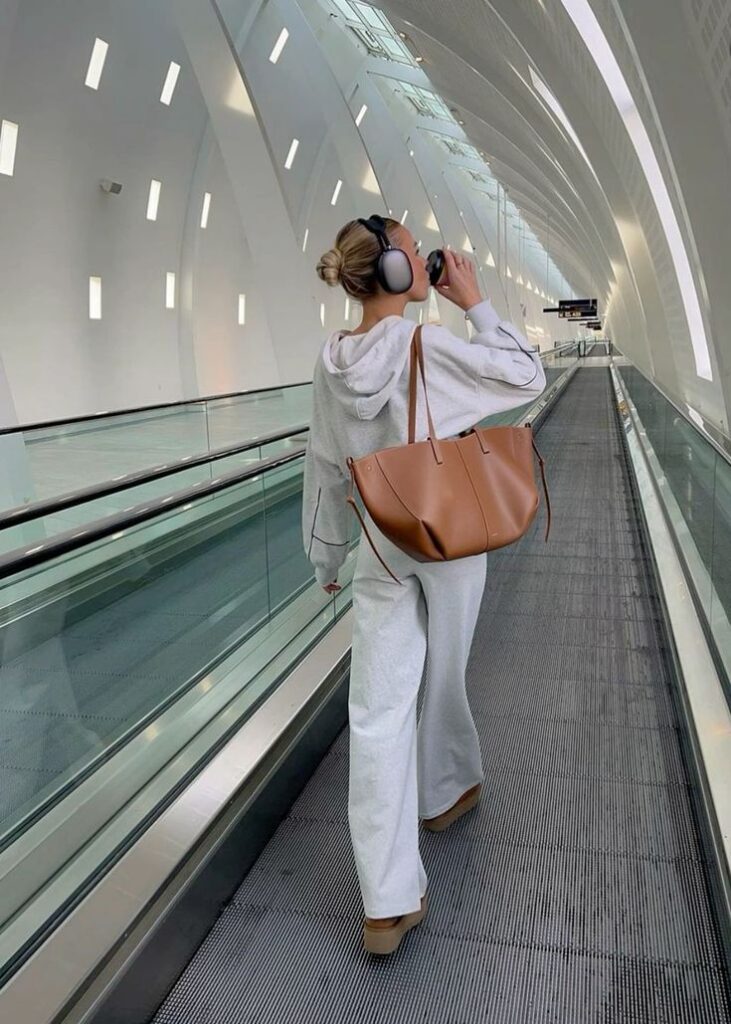
A lightweight duffel bag is a great option to bring along as an extra bag. It is easy to carry and doesn’t add much weight to luggage.
They are flexible and can fit into tight spaces, making them perfect for storing souvenirs or extra clothes on the way back.
A duffel bag can also hold items that don’t fit in a suitcase, like shoes or bulky gear. Many travelers prefer them because they are soft and easy to pack around other luggage.
Using packing cubes or compression sacks inside the duffel helps keep things organized. This way, clothes stay neat and it’s simple to find what you need.
Some duffel bags even have wheels, which can make moving through an airport easier. But even without wheels, a lightweight duffel is simple to sling over a shoulder.
Overall, a lightweight duffel is a handy companion for any trip. It offers extra space without much hassle.
Smart Packing Strategies
Packing smart means using every inch of space wisely, keeping things organized, and thinking ahead about the trip’s stops. These tips help travelers fit more into their suitcase without making it messy or heavy.
Space-Saving Techniques
Rolling clothes instead of folding saves space and reduces wrinkles. It works well for t-shirts, pants, and light fabrics. Another option is to use packing cubes, which group items by type and compress them, making the suitcase look neat. Shoes can be stuffed with socks or small items to fill their shape.
Toiletries should go into small containers or travel-sized bottles. This saves both space and weight. If the suitcase gets tight, swapping bulky items for lighter ones or leaving duplicates behind can help keep things compact.
Organizing Essentials

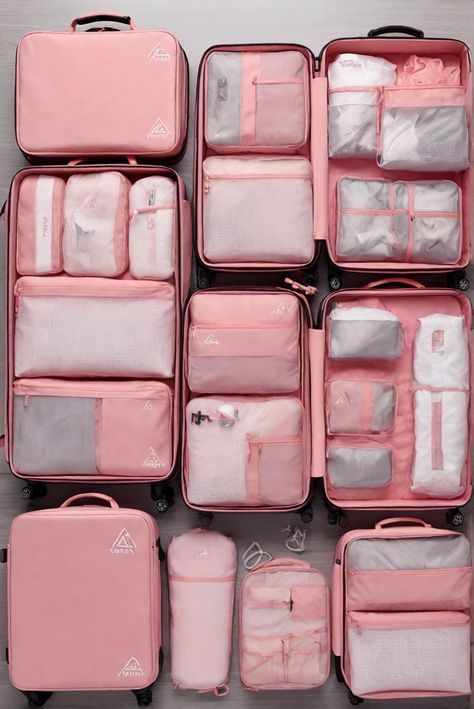
Organizing prevents endless searching during the trip. Using separate bags or pouches for electronics, chargers, and cables stops tangles. Packing documents like passports and tickets in a clear, easy-access folder avoids last-minute hassle.
Spare outfits or important toiletries should always be kept in the carry-on. This helps if checked luggage is delayed or lost. Labeling bags or using color-coded packing cubes allows quick access to items without unpacking everything.
Packing for Multiple Destinations
When visiting several places, packing light and layering is key. Travelers can bring clothes that mix and match easily, making more outfits with fewer items. Layers like jackets or cardigans work for changing weather.
Using an extra small bag or daypack for short trips helps avoid carrying the whole suitcase. It’s smart to fold bulky items last so they can be removed first at different stops. Switching items between bags keeps weight balanced and prevents overpacking one piece of luggage.
Staying Comfortable and Safe
Packing well helps make the trip smooth and enjoyable. It means thinking ahead about comfort and how to handle surprises that might come up during travel.
Traveling with Children or Pets
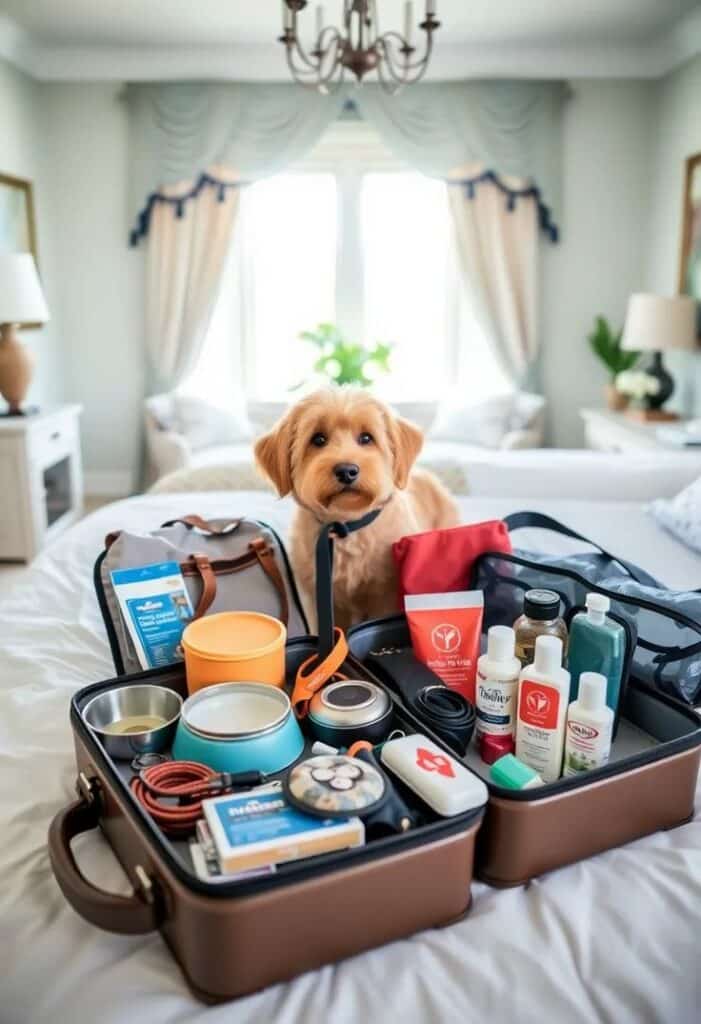

When traveling with kids or pets, comfort and safety come first. For children, pack snacks, water, and small toys or books to keep them busy. Include a change of clothes and any favorite blanket or toy, as these can help with comfort during the trip.
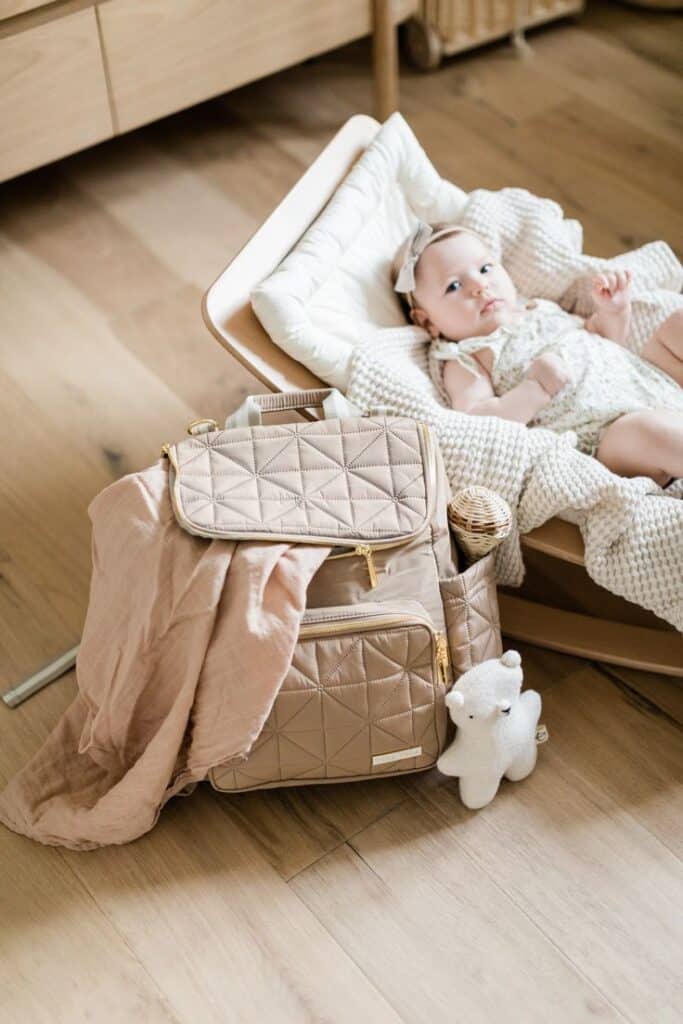
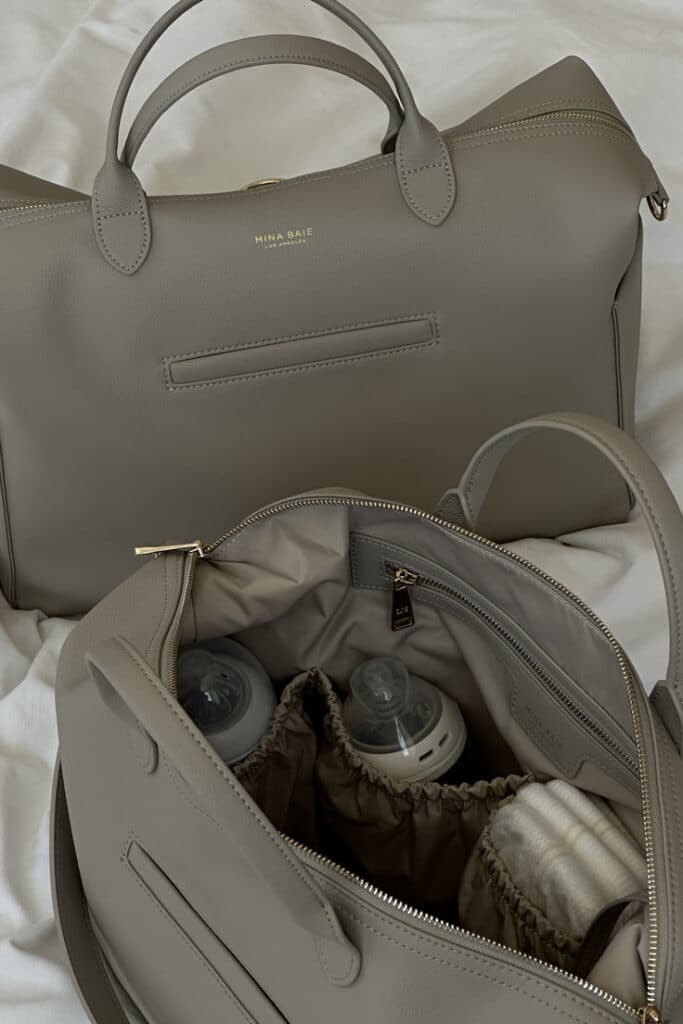
For pets, bring their usual food, water, a leash or carrier, and any medications they need. It’s also good to pack cleaning supplies just in case. Make sure their ID tags are up to date. Planning frequent breaks to let pets stretch and use the bathroom helps keep them calm.
A well-organized bag with these items ready ensures fewer stressful moments and more fun on the trip.
Preparing for Unexpected Situations


It’s smart to pack a small emergency kit with things like band-aids, pain relievers, any regular medications, and sunscreen. A power bank for charging phones and a portable phone charger come in handy when outlets are not nearby.
Also, keep important documents like passports, tickets, and travel insurance in an easy-to-reach part of the suitcase. Having copies stored digitally or on paper helps if anything gets lost.
Knowing a bit about the weather and local conditions where they’re going can help travelers pack appropriate clothing and gear, making them set for any sudden changes.
- 0shares
- Facebook0
- Pinterest0
- Twitter0


